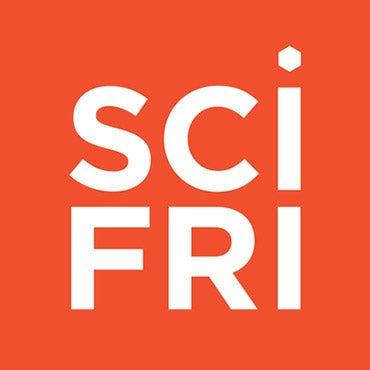The case for language and literature in medical school

(Photo courtesy of 7speedreading.com)
In his impious 1911 glossary “The Devil’s Dictionary” – a collection of humorous definitions — Ambrose Bierce defined a physician as “one upon whom we set our hopes when ill and our dogs when well.”
But in today’s medicine, our hopes are more likely to rest with an array of sophisticated technologies and gadgetry, rather than with a human being. This technology has become a religion within the medical community and it’s easy to lose sight of the fact that much of the diagnosis is in the patient’s story.
Yet many patients express concern that physicians today lack the the time or the inclination to listen to that story. This is a shame because of the four elements in communication – speaking, reading, writing and listening – listening is learned first, is used most through life and is taught least through all the years of schooling. Yet deficiencies in listening and the ensuing failures of communication are a major source of wasted time, ineffective operation, miscarried plans and frustrated decisions. In medicine, they can also be a source of error and litigation.
But according to the New York Times, “It is this lost art of listening to the patient that has been the inspiration behind Narrative Medicine — exposing medical students to the humanities.”
Narrative Medicine’s founder, Dr. Rita Charon, teaches such a course at Columbia University’s medical school. A general internist who acquired a doctorate in English when she realized how central telling and listening to stories is to the work of doctors and patients. She teaches literature, narrative ethics, and storytelling, and her literary scholarship focuses on the novels of Henry James, whose method of writing from a character’s point of view allowed him to explore issues related to consciousness and perception.
Charon is the author of “Narrative Medicine: Honoring the Stories of Illness and Medicine”; and “Stories Matter: The Role of Narrative in Medical Ethics.”
In the 19th century, she says, doctors carefully and humbly visited with patients – listened to them; and not just with a stethoscope. She believes that medicine has been struggling to come close to the patient ever since that time.
And that’s what Narrative Medicine is about: reading, writing, perceiving – paying attention. Dr. Charon’s students analyze in literary terms that which they hear and read. It has to do with eliciting nuance and subtlety. Her group also produces a seminannual journal, “Literature and Medicine,” which is published by Johns Hopkins University Press. And Oxford University Press published her book “Narrative Medicine: Honoring the Source of Illness.”
Another well-known exponent of communication skills in medicine was the late Norman Cousins. Cousins, who wrote “Anatomy of an Illness,” the story of his diagnosis and treatment for ankylosing spondylitis, was an eminent journalist who went on to teach medical students at UCLA. In an interview with him some years ago, he told me that he’d developed a survey of 500 patients. One of the questions was: ‘If you’ve ever changed doctors – why?’ “That really got the attention of the students,” he recalled.
Cousins went on to say that “What is required of a doctor is the deepest possible understanding of what the patient is talking about. Respect for the patient.” His survey yielded such responses as ‘He was a very competent physician but he really didn’t know what my problem was;’ or ‘I admired him as a doctor but I had no confidence in him as a human being.’ Cousins’ conclusion: It’s the style of the physician, not the competence of the physician, that is the yardstick people use for keeping or changing their doctors.
Cousins further believed that “medicine begins with science but treatment of human beings is more an art. “Physicians need to marry art to science.” Moreover – shades of Narrative Medicine – Cousins told me that “novelists portray the physician not just as a prescriber of medications but as a symbol of all that is transferable from one human being to another.”
All of this is not simply to create a new layer of kinder, gentler doctors … or to graft some Gray’s Elegy onto Gray’s Anatomy. It’s to rediscover a fundamental part of the diagnostic and therapeutic process, one that will make the patient’s medical encounter more productive and less frightening. ‘Doctor-speak’ too often means jargon that’s incomprehensible to patients, who may not be at their receptive or emotional best. And the impersonal “put the emphysema in the other ward and bring the prostate biopsy in here” doesn’t help. Nor does the absolving “We” — also favored by royalty and editorial writers — as in “How are we, today?” or “We see a lot of that.”
One thing we can be sure of: We need to see a lot more teaching of language and literature in our medical schools.
David Woods, Ph.D., is a Philadelphia-based medical writer and editor. A former editor in chief of the Canadian Medical Association Journal, he is the author of four books and more than 200 articles, editorials, and reviews in peer-reviewed health care publications.
WHYY is your source for fact-based, in-depth journalism and information. As a nonprofit organization, we rely on financial support from readers like you. Please give today.



